No frills portfolio.
Film Photography
Velvia 50
Crisp, clean, bright. It's the Kodachrome killer.
Slide film gets a bad rap. Maybe I've gotten lucky and the light I've shot in has been great, but honestly, I'm not seeing such a terribly low dynamic range. It's cozy enough for me. Obviously not as much as color negative, but honestly, I don't get why people are always raving about slide film having such a terrible range. If you want terrible range, shoot polaroids.
Anyways, I'm ranting... The film, Velvia 50. At the time of writing I've only shot one roll of it so far but honestly, it's a fine film. As happy as I was to get my scans, I was much happier to see the positives arrive back. Held up infront of a light, it's just endlessly beautiful. Rewarding too, shoot color slide film while you still can.
I didn't take many pictures of people, but honestly, the rendering of their skin tones weren't bad on this roll. (Maybe I'm used to it because my skin is typically quite red.) I shall have to take more portraits with it in the future and see what I get.
It does a thing where the yellows and oranges slide towards the reds. Looks great for landscapes, doesn't do great things to skintones.
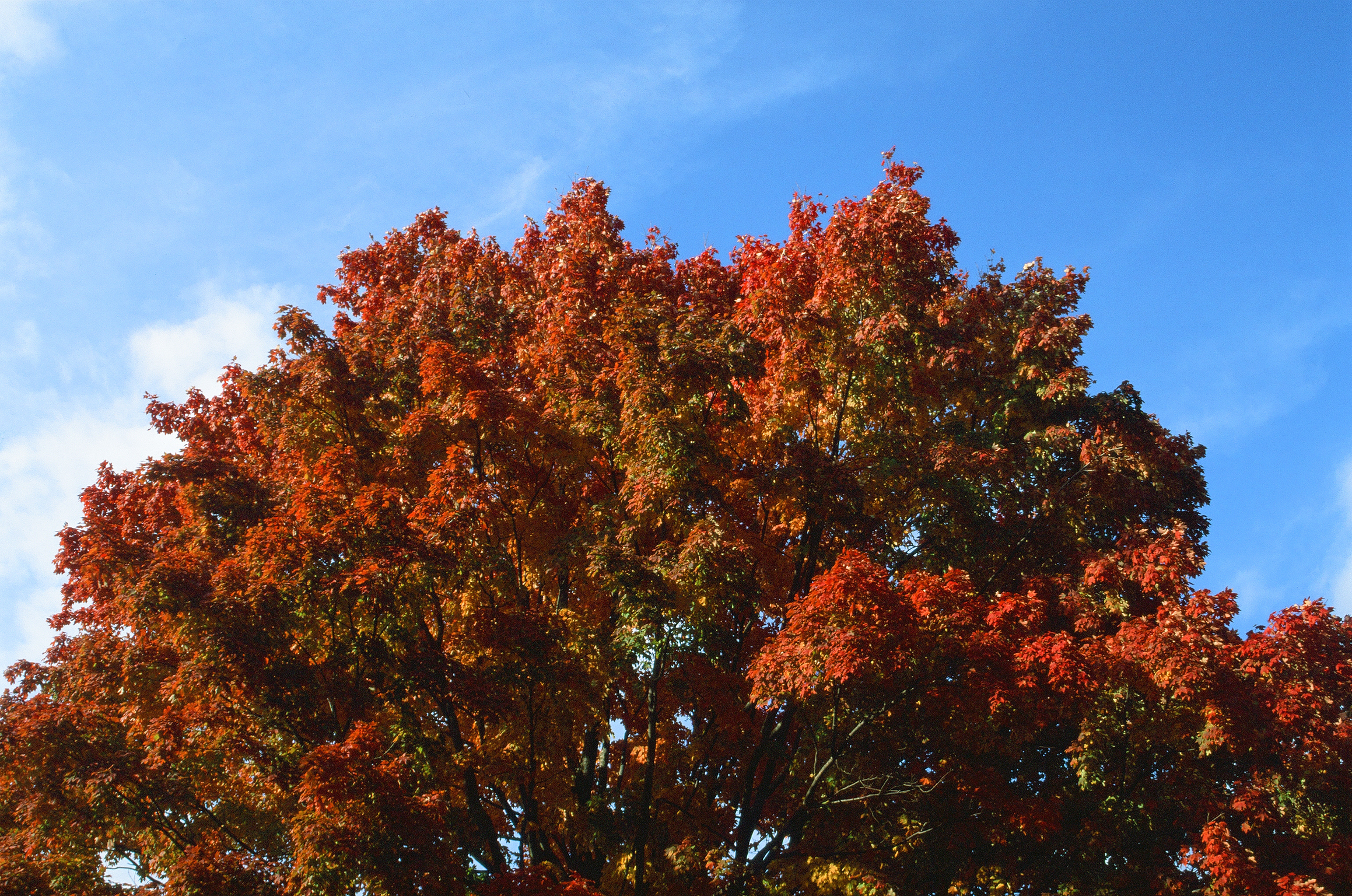
Isn't that color rendering lovely?
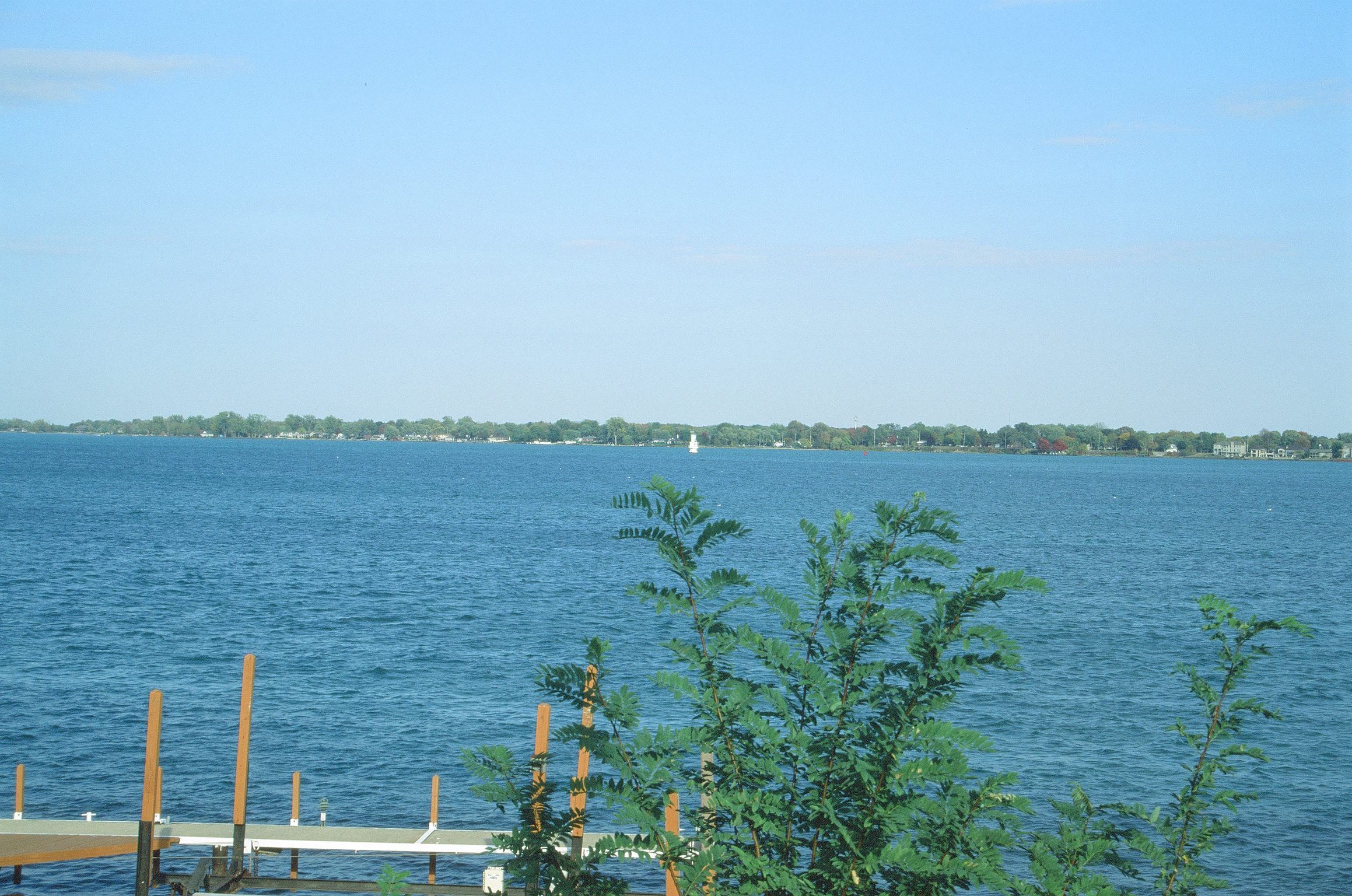
Love the greens and blues so much. I used to have trouble with picking a favorite color, but as of late, red, green, and blue have really been sticking out to me.

If you held me at gunpoint now, I think I could safely say that green is my favorite color... These shades of blue though...
This is also one of the few where the shadows got a little crushed. That's not the end of the world, the rest of the colors came out nice in the end.
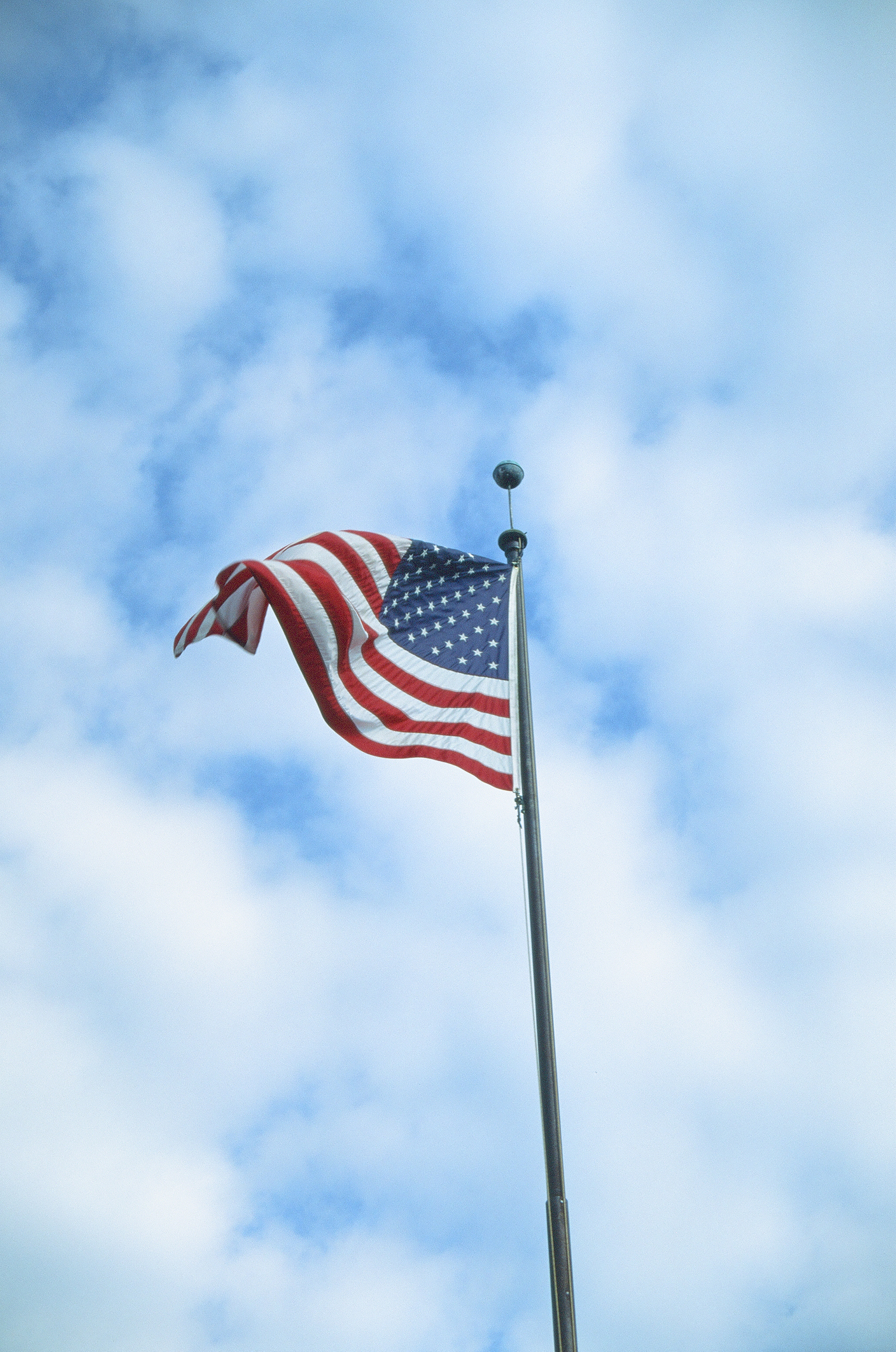
When cutting these for archivial I acidentally cut into this frame like an idiot. Luckily it was a low detail area, and I have this lab scan that has that area. Still... I feel like a real dummy. I need to get a proper film cutter so I don't do that again when cutting slides for mounting.
I tell ya though, this stuff is to die for. Also if you treat your slides right, they should be very stable in terms of archivability. I wish I had a slide projector, I'd love to mount and project my slides... I'll get there some day. Maybe some relatives have one sitting in an attic?
That's the nice thing about film. It's a physical thing that sticks around. The shots may not always be remarkable but they'll be there when you want them. Maybe faded, but still there. If you're interested in these sorts of things, ask around, maybe family or friends still have some old film or gear lying around. I remember my mother giving me a cooked roll of Kodak Gold 200 when I first started shooting in early 2022. Speaking of...
Kodak Gold 200
Cheap... Uh some of the time.
It's supposed to be cheap and common, but at the risk of dating myself, it really isn't at this time. I'm having an easier time finding Superia 400 (for like, $28 at drug stores. That's a bad price, find a place that sells it to you for $15 for a three pack) than I do Kodak Gold these days. It's a shame, it's a lovely film, all those gentle warm tones that Kodak is known for.
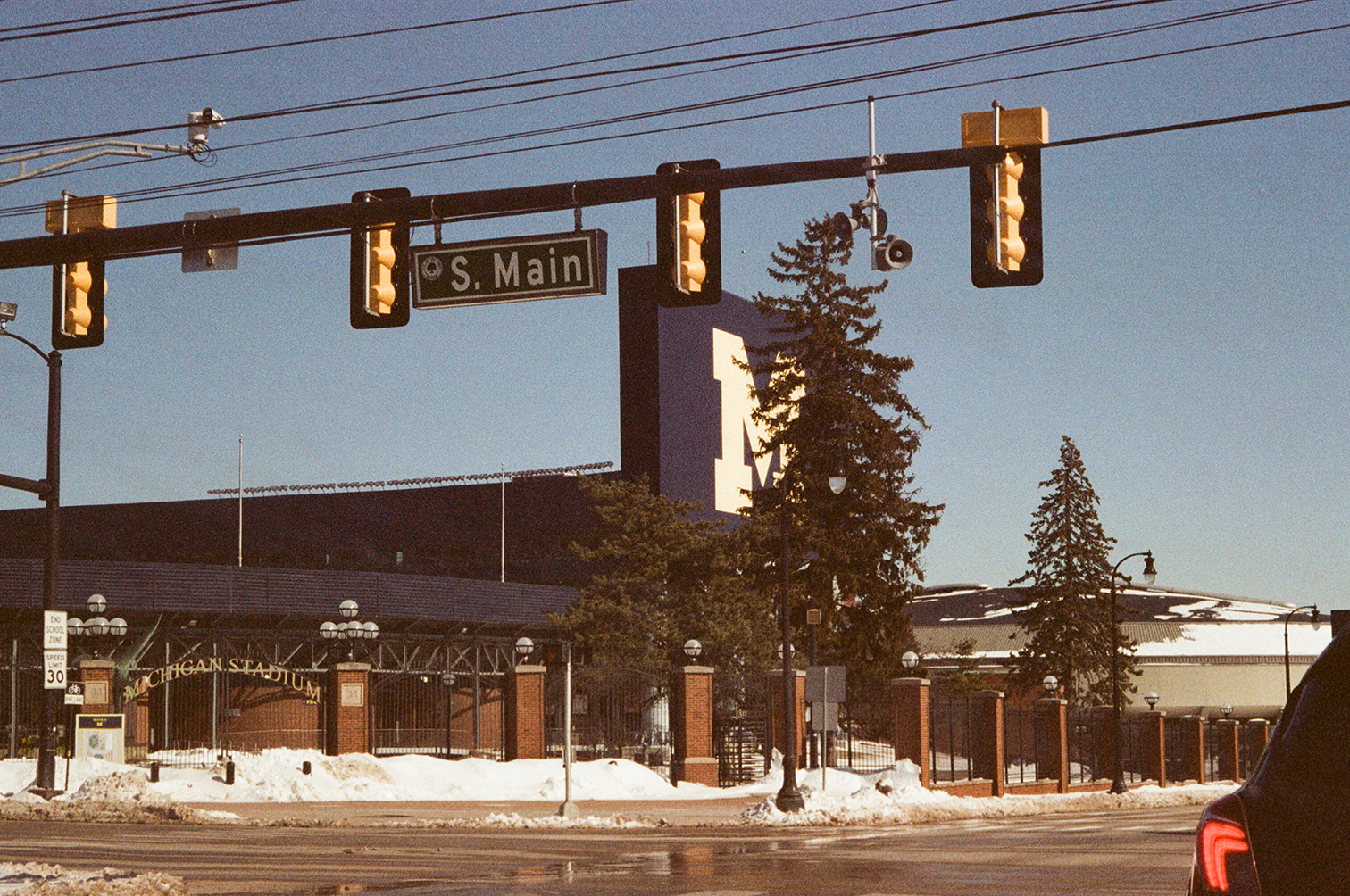
These first few shots are from an expired roll I shot on a point and shoot I had just gotten. They don't offer much in terms of manual control, but boy are they handy to have when you need them.
Compared to the tiny sensors they cram into point and shoots today, you've got 35mm! Full frame mate! As long as the lens is plenty sharp then you're in business!
(A sharp film helps too!)
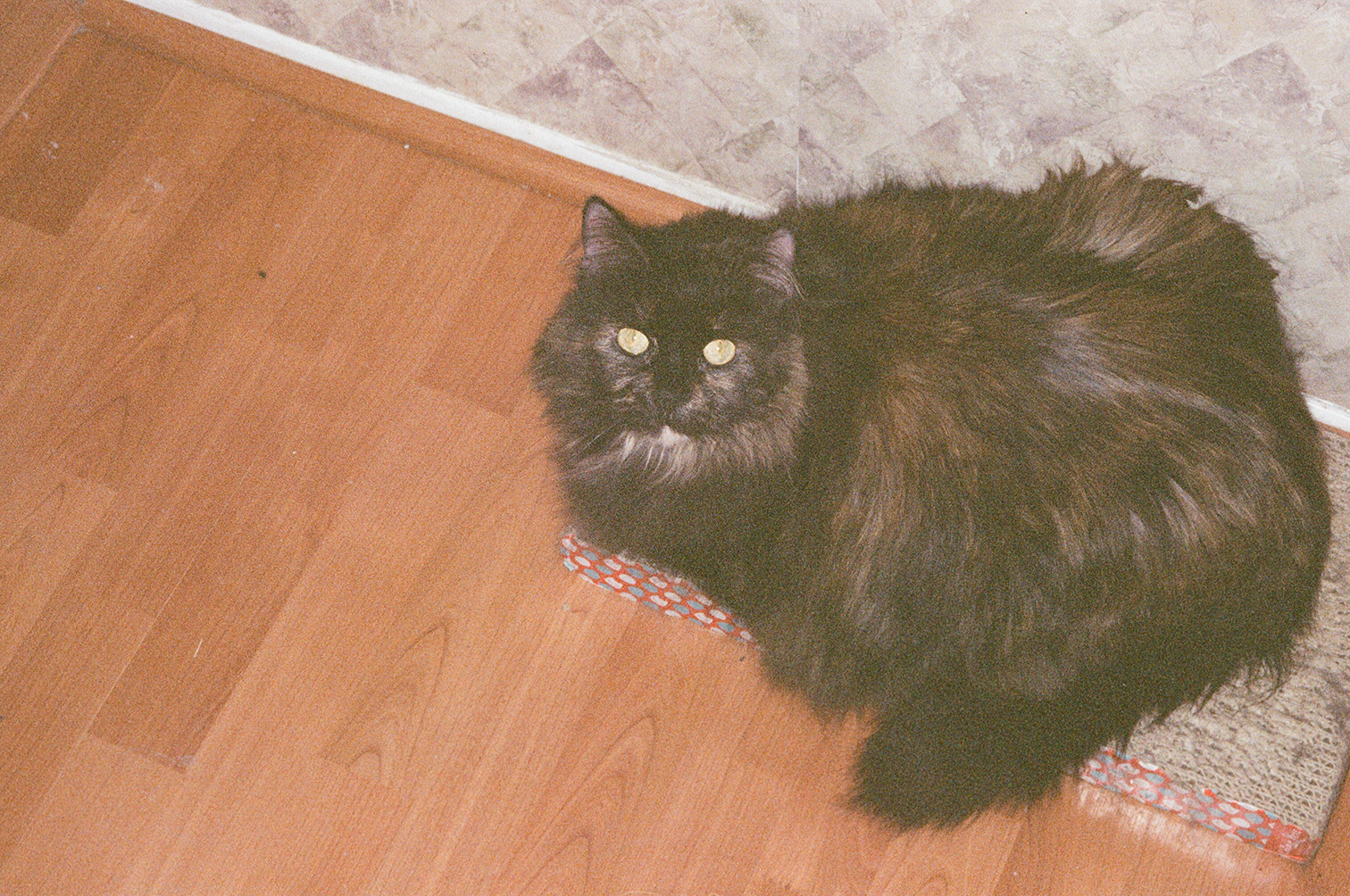
When there's a camera near a cat, pictures will be taken of that cat.
I should shoot more of it, but I'm being a wuss and not shooting what I have because it's been hard to find... Film was meant to be shot, I should be shooting it! But I'm saving most of it for a special project.
Something to note about Kodak Gold, and most of their filmstocks in general. They'll lean towards the warmer side of color rendition. Now, for most things, people will desire this. But when it comes to darker skin tones, you'll have to meter and work differently to have them come through properly. Lighter skin doesn't have as much of a problem. That's why wedding photogprahers are sad about the disappearance of Pro 400h. It rendered the white dresses white, instead of adding warmpth to them. Kodak has gotten much better with the rendering of darker skin tones in recent years, but I'd be lying if I said that I didn't prefer Superia 400 for taking pictures of darker skin tones.
Portra 400 and 160 are better at this, but that's because they're much less saturated, which helps a lot in this reagard. They're also based off their Vision 3 motion picture stocks, which render all skin tones amazingly, but are quite flat in terms of color reproduction.
What I'm saying is, if you want to take pictures of your black friends and dark furred animals on film, pick Fuji or something less saturated. My reccomendation in that regard would probaly be Portra 160/400 or a Vision 3 stock if you have to shoot Kodak. But otherwise, shoot Fuji. Honestly just shoot Fuji while you still can, they don't seem too interested in keeping things going.
Superia 400
Natural and is no longer easy to get. ;w;
This film gets a bad rap, and I think I know why.
Very natural film, acuurate, but sometimes cold colors. Because people see that 400 iso, they think it'll be a great stock for overcast days, I mean, come on, Ultramax looks great on those sorts of days. And then they get very disappointed with the results. The shadows turn green when underexposed, it looks terrible. It won't make overcast days look any better, it'll make them look overcast. On days with less light, shoot between 320 and 200. You'll start to like this film then. Great latitude when overexposed, and the colors really pop at 250 and below. 320 is great when you want more natural colors and less chance of green shadows.
If the light is really bright, you can safely shoot at 400 without risk of muddyness. But I really mean bright man.
Something interesting of note about this film as well... The reds really pop. Like, WOW, might be a bit much for some, but I'm used to it because I use a OnePlus phone at the time of writing.
The greens do as well, but usually when they're underexposed slightly. They get a bit richer when you do that.
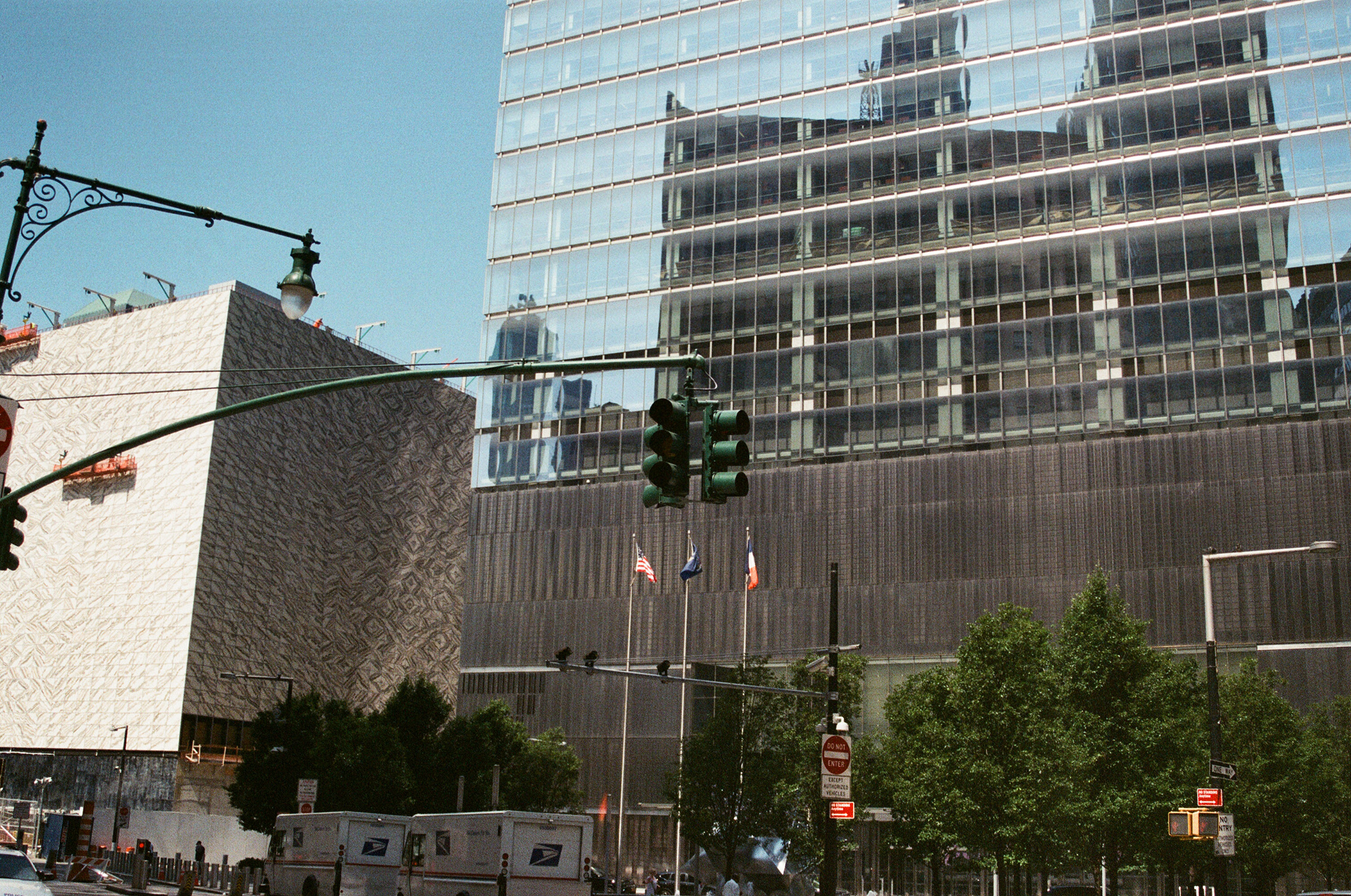
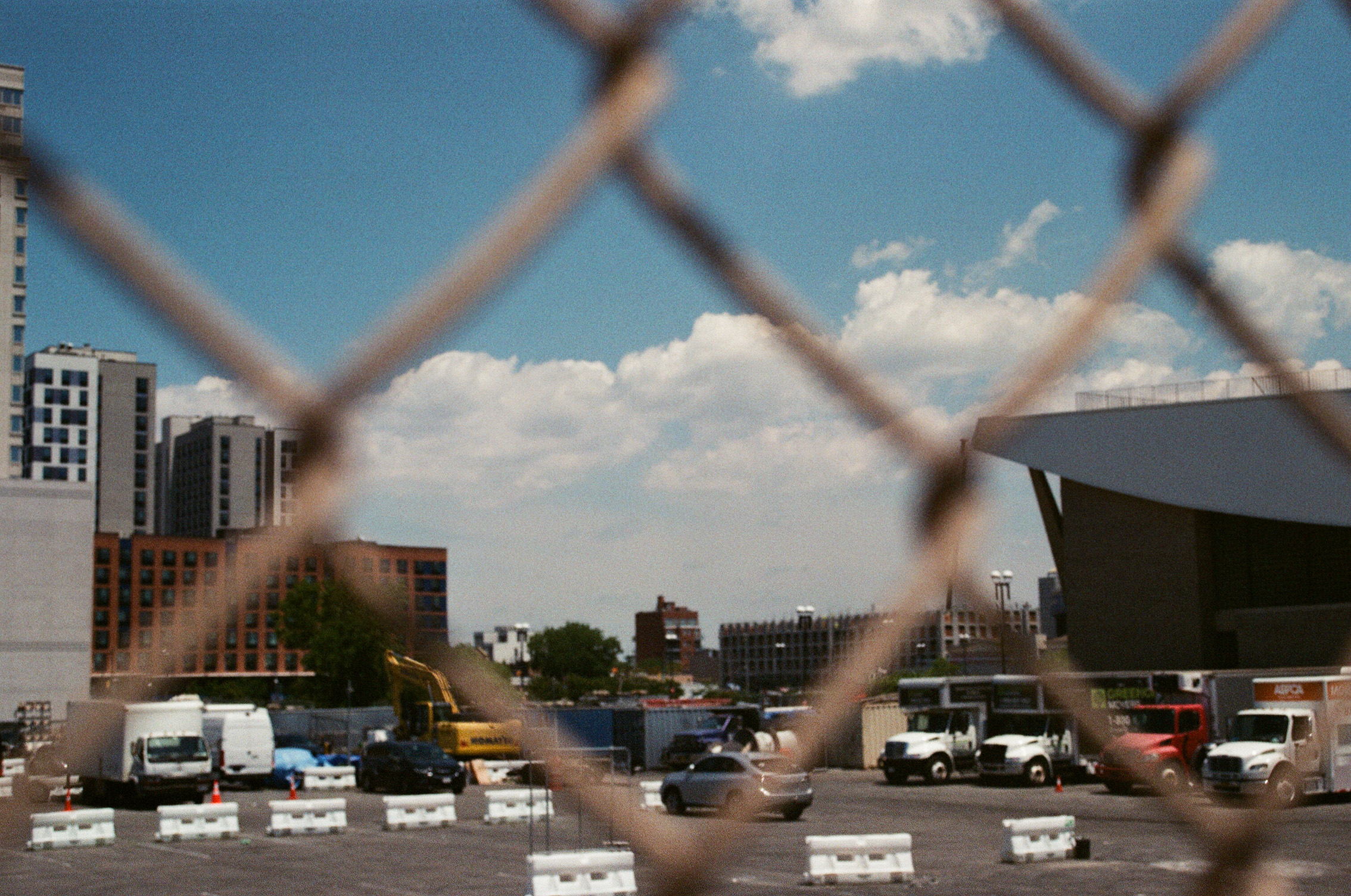
These were taken on my trip to NYC a while back. These first two are unedited.
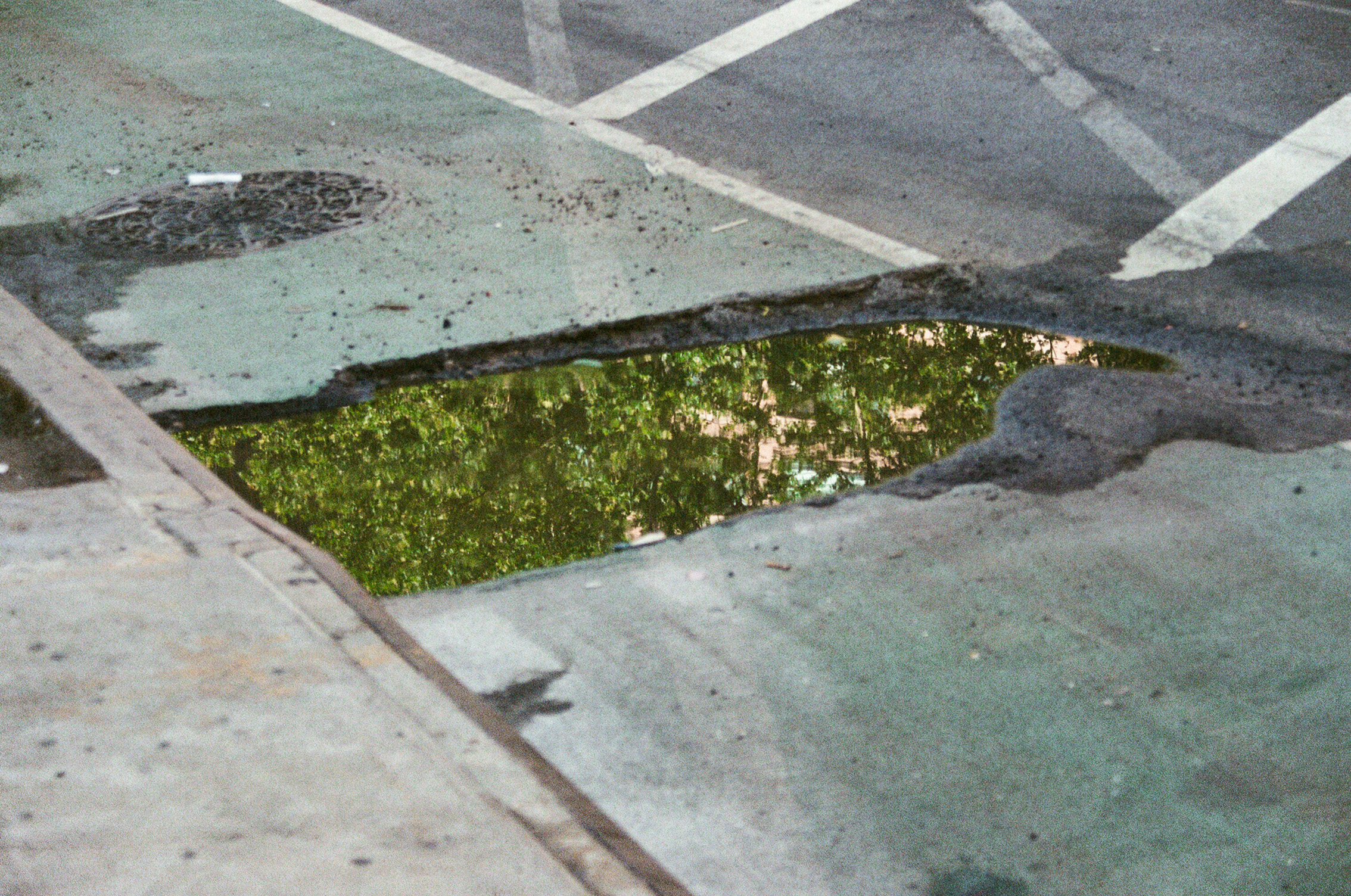

Lovely reds, yellows are great too.
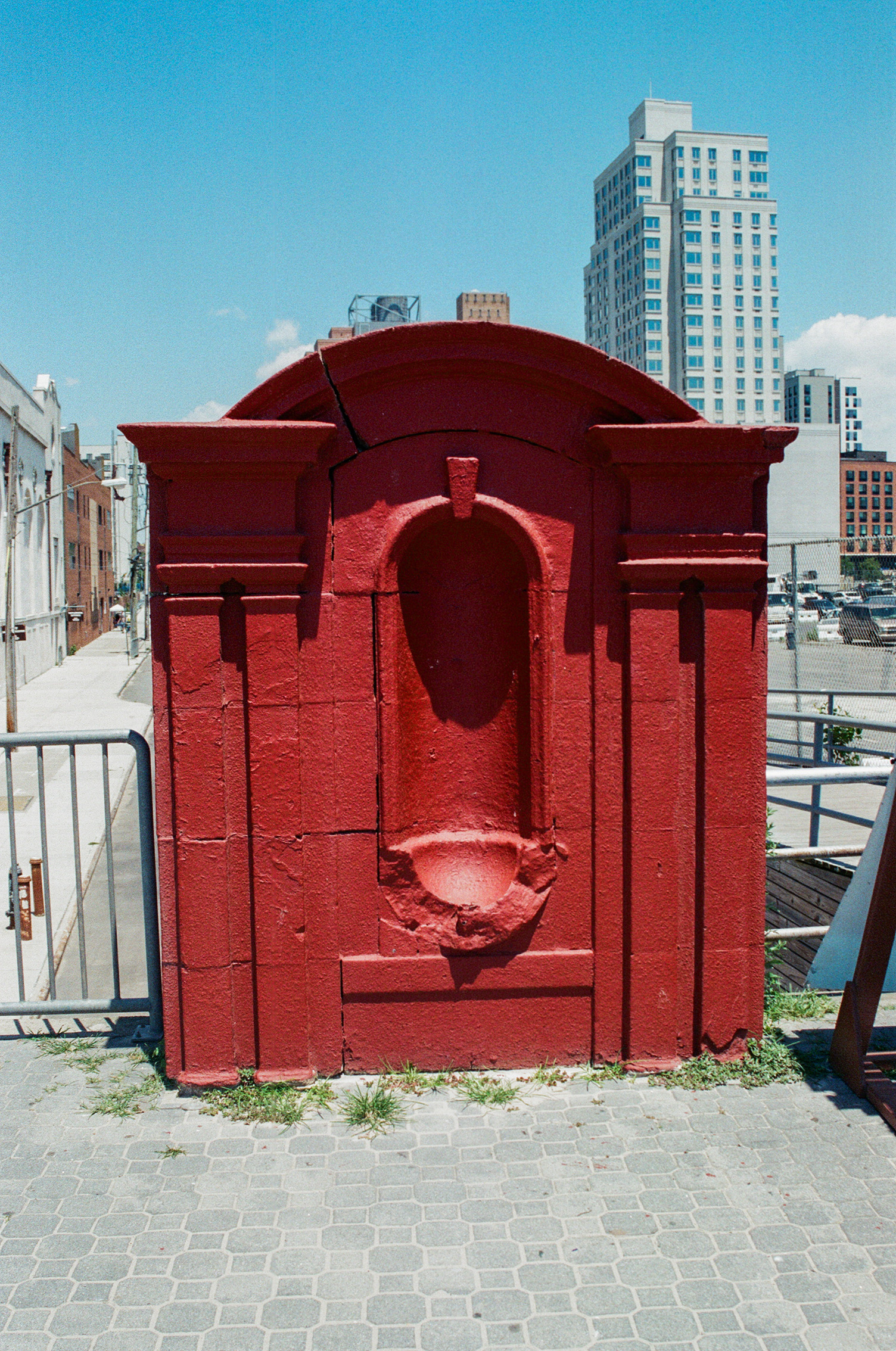
These have been edited. Lots of range to work with with this film when properly used, it's a very useful film in that regard.
This is the kinda filmstock you take to a beach on a bright sunny day. Accurate and sharp.
This next set is from a walk I had recently.
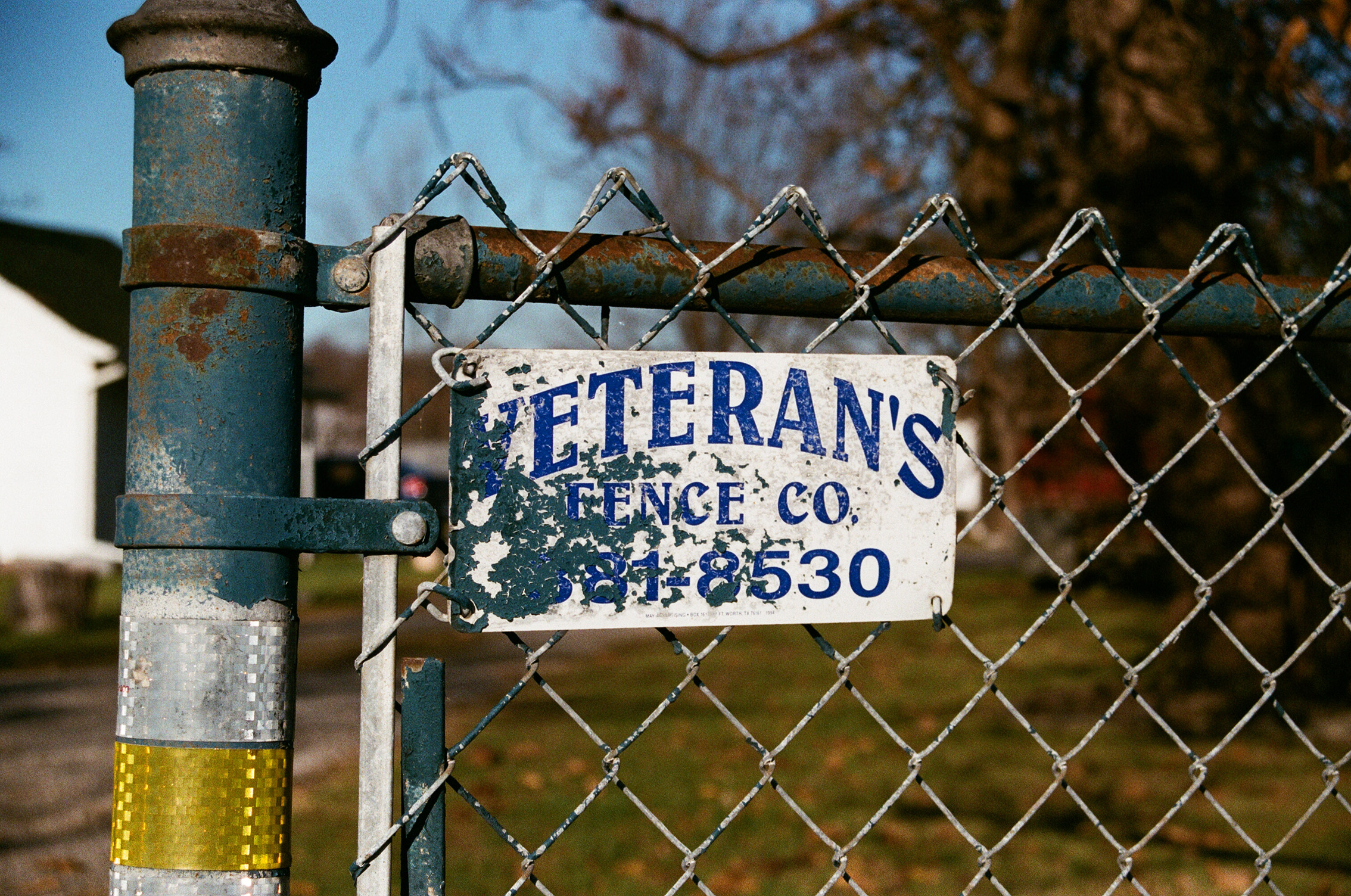
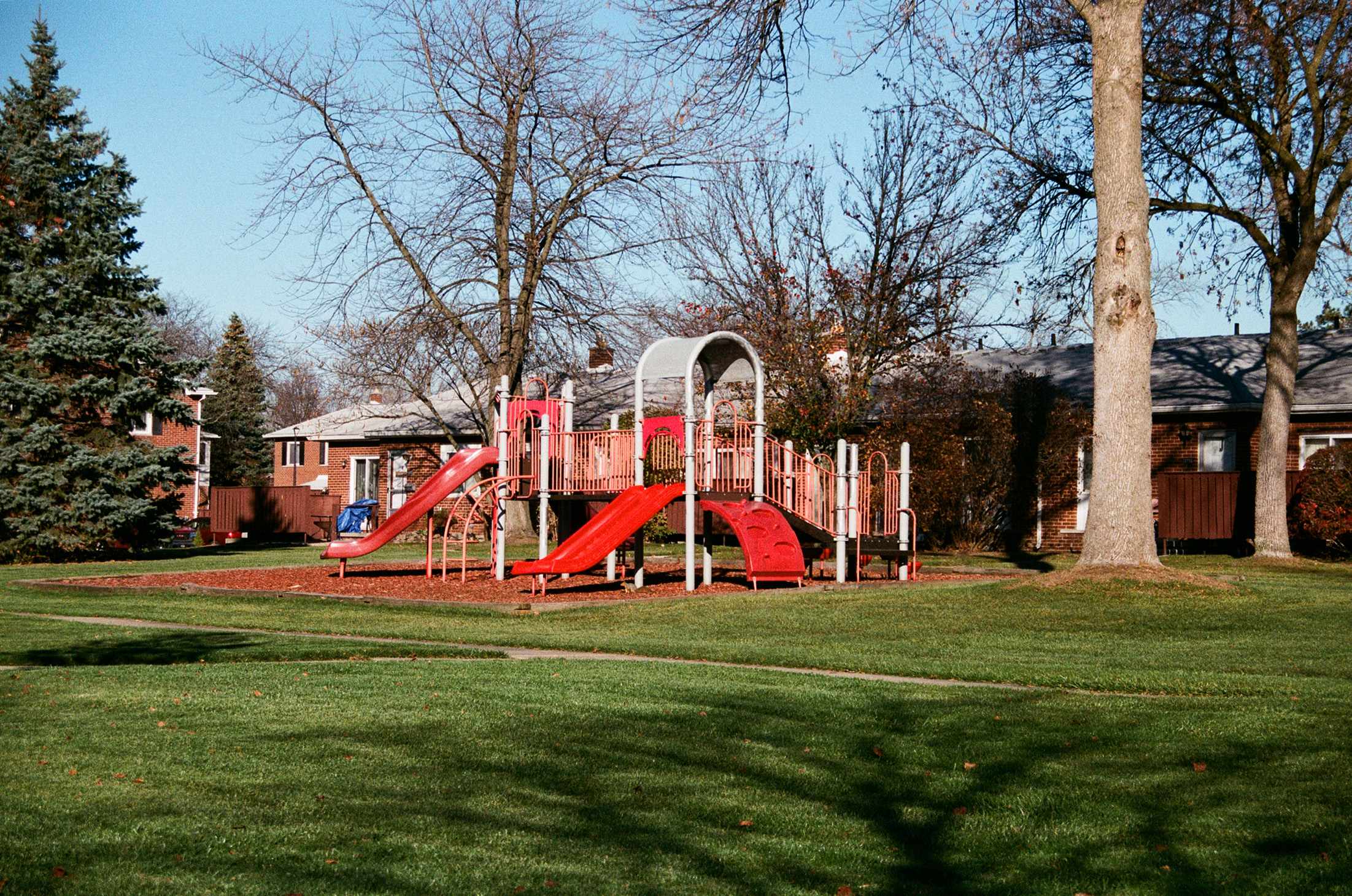
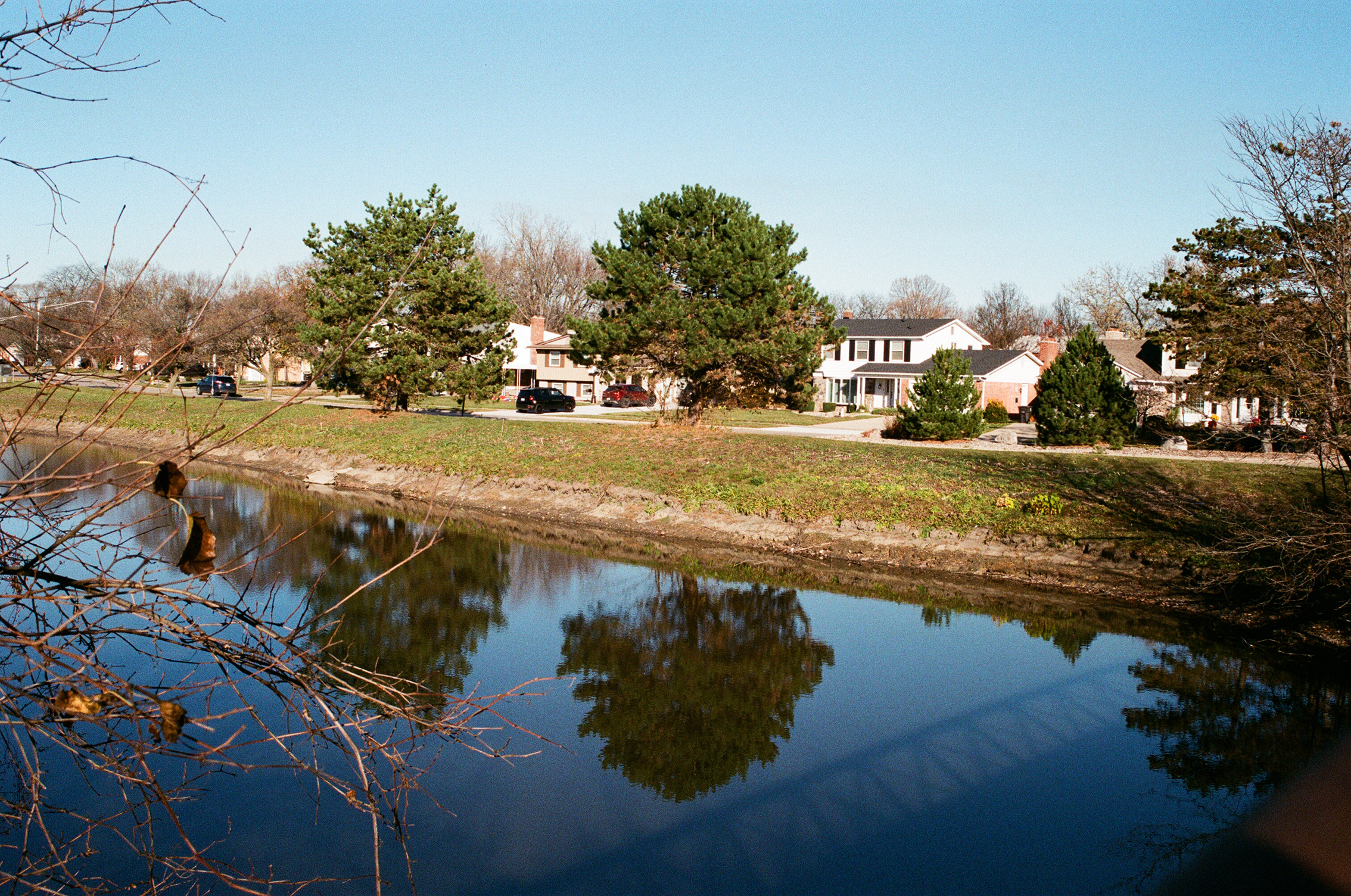
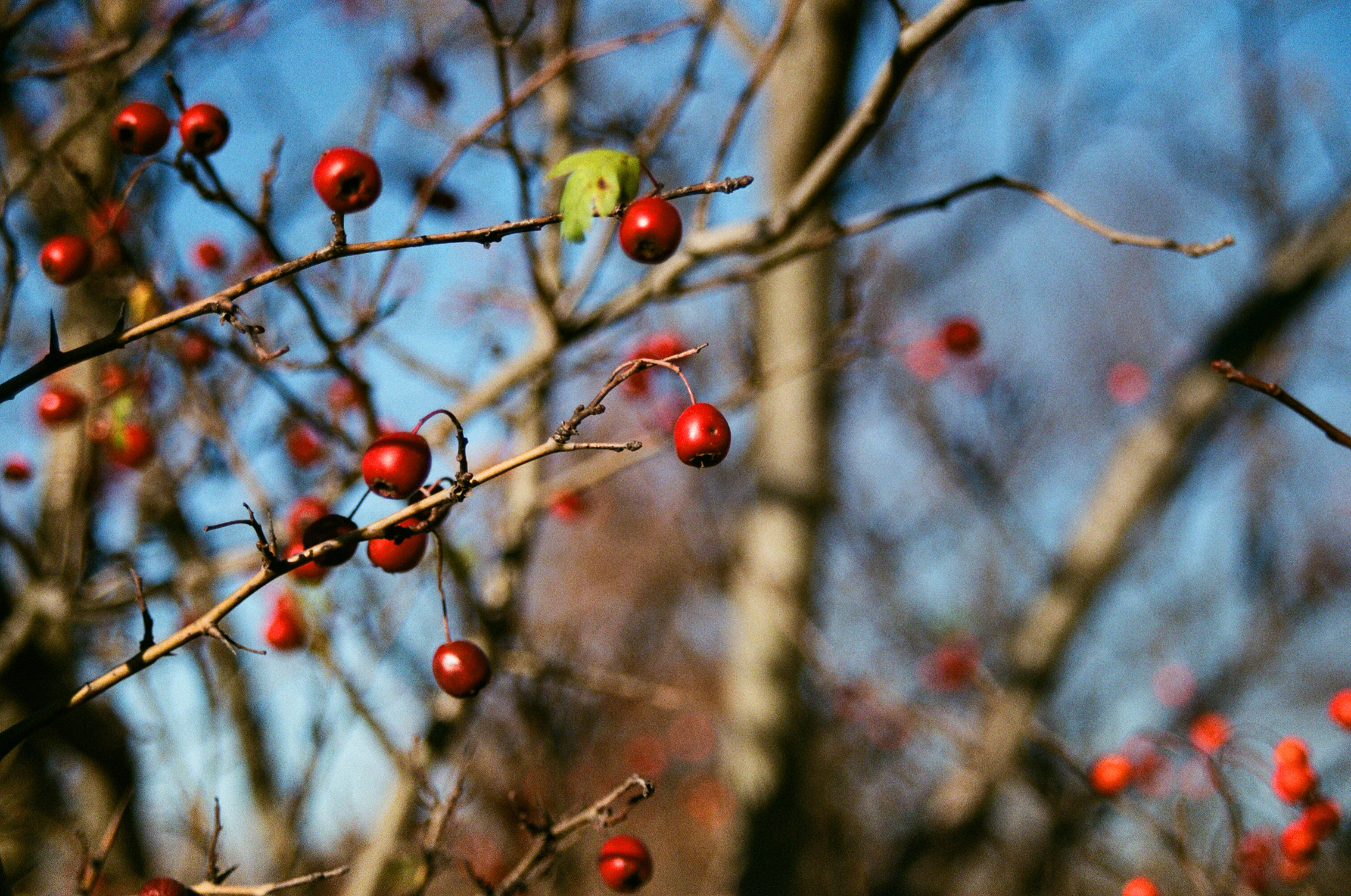
This is one of the filmstocks I've shot the most, probably because it WAS still easily avaliable at every CVS, RiteAid, and even Meijer's. I've gotten it in three packs of 36 exposure rolls for $15 at a camera store. The cheapest I've found it in other stores was about $21 for a three pack.
The grain is there, but mostly unobtrusive. I (and many others) would LOVE for Fuji to cut this stock for medium format. (Or still just make it at all...) I bet it would look great, and it would offer a wonderful alternative to Pro 400h now that they've killed it. At the time of writing I don't have a medium format camera, but it would be nice to have another affordable filmstock for it like the Kodak Gold medium format release.
Wedding photographers would be over the moon and back if that happened. It's not Pro 400h, but it's something that isn't Kodak.
Oh also that fourth color layer. I haven't shot any of their stocks that had that, this used to have it but they stopped because it was cheaper and easier. The idea was to have more natural results under artifical lighting. For what it's worth, I've shot this in a store with a flash and the overhead lights, and everything came out alright.
As you may have noticed though... They've killed it in the US. They may still be making it in Japan, but I'm not sure. This news is still depressing to me...
Ektar 100
Velvia 50 but color negative.
Okay so it's not exactly like Velvia 50. But it's close! The color rendering is very close, doing that thing where the oranges and yellows slide towards the red and the reds slide towards the oranges. Great for landscapes! Bad for people...
It doesn't have quite the resolving power that Velvia has but it's really close! These films aren't terrible for people either. In the right light and with proper editing it looks quite nice. With high quallity scans or optical prints in a darkroom you can get incredible detail from these films.
When I was early in my film journey, I took a roll of it with me up into a helicopter (they were doing rides for $35 a pop, took a friend) and it was great. If I had been able to get Velvia 50 in time, I would have brought that, but in lieu of it, Ektar made for an excellent stand in. I only wish I had more time and better angles to get better shots...
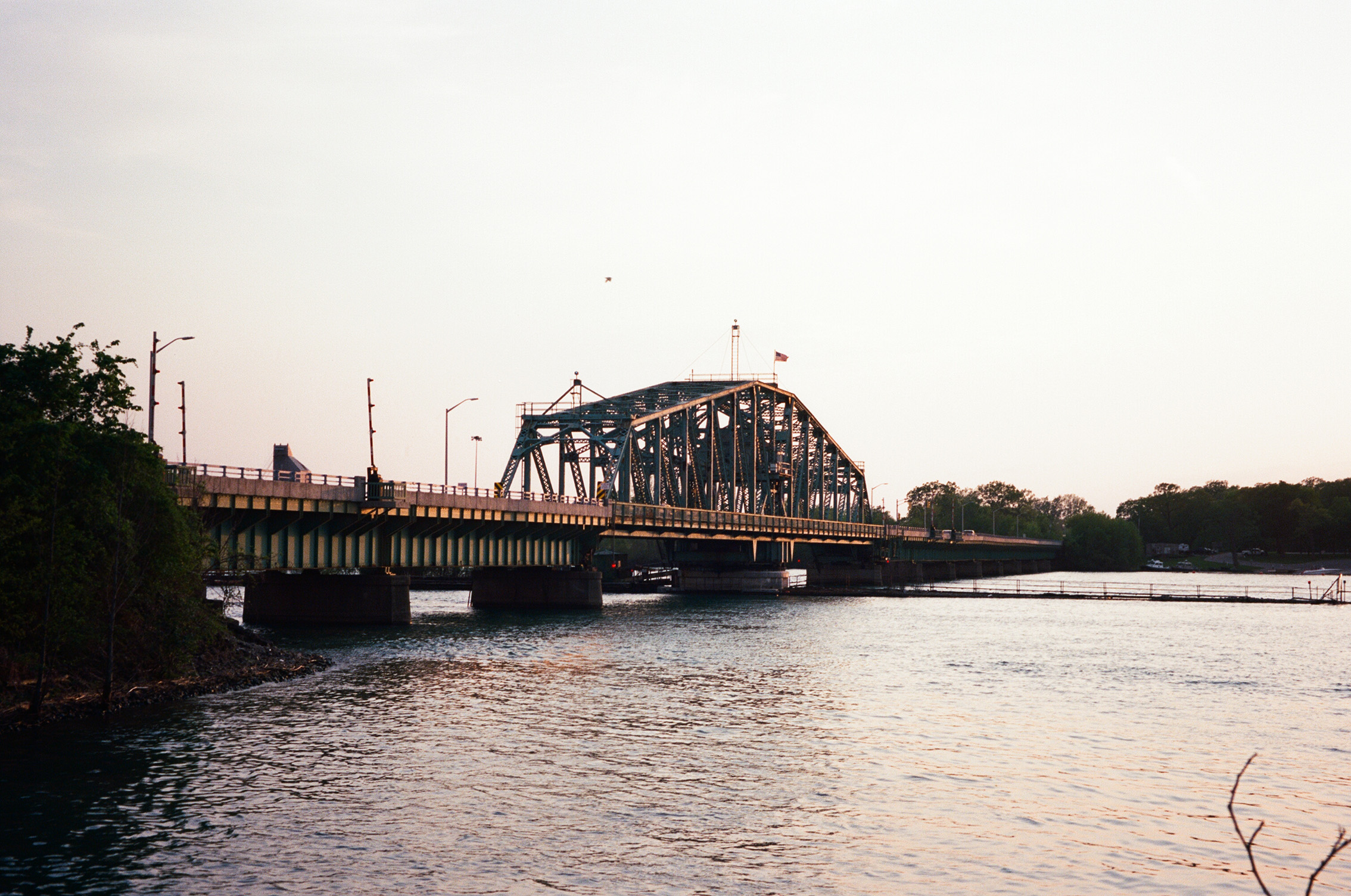
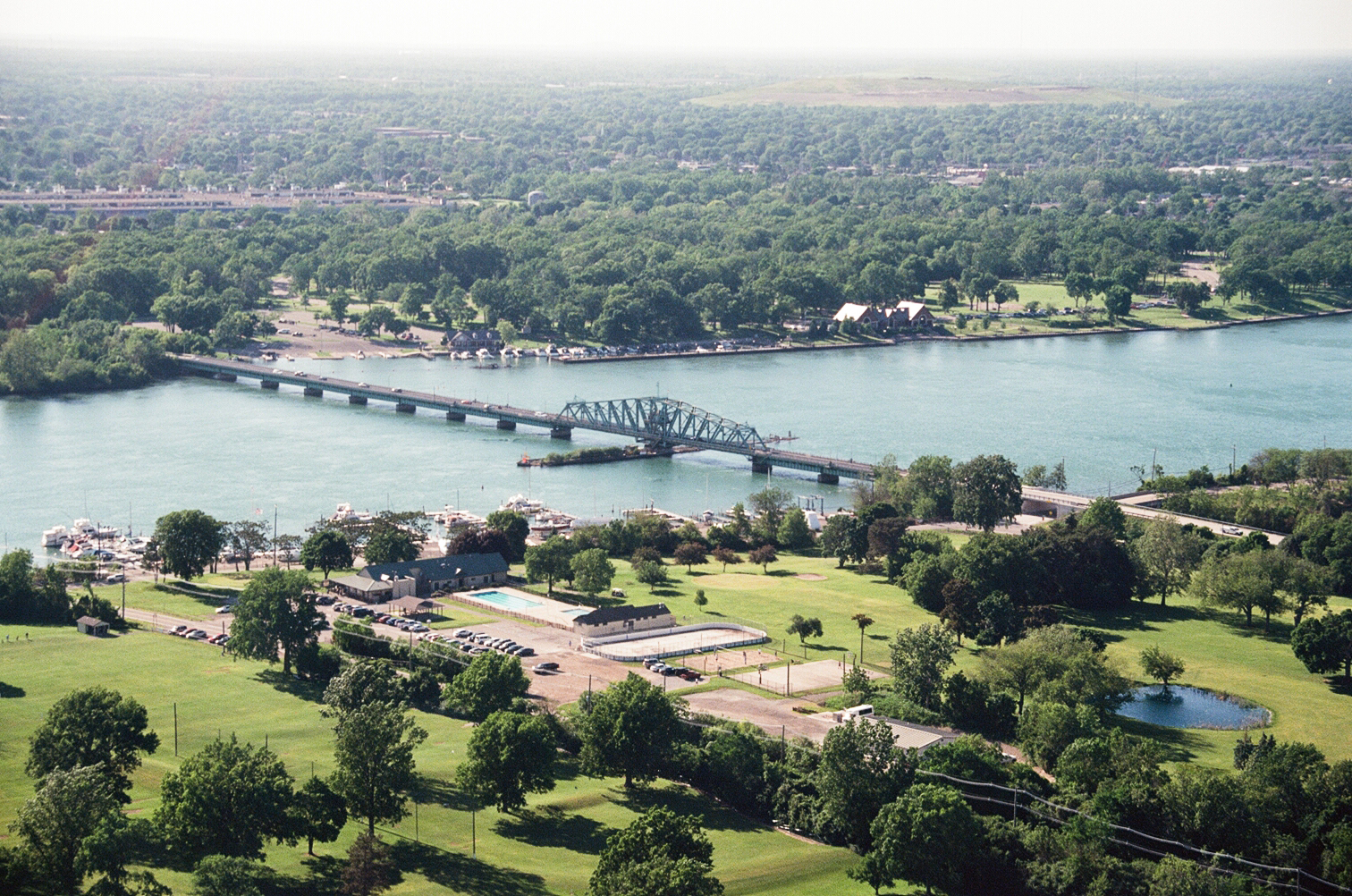
It's like Superia, Velvia, and Ektar get into fights just to see who can make their reds pop harder.
This next set will show you an unedited lab scan, and then an edit to show the kind of room this film gives you, and one more where the reds are toned down, I wonder if you can see the difference.
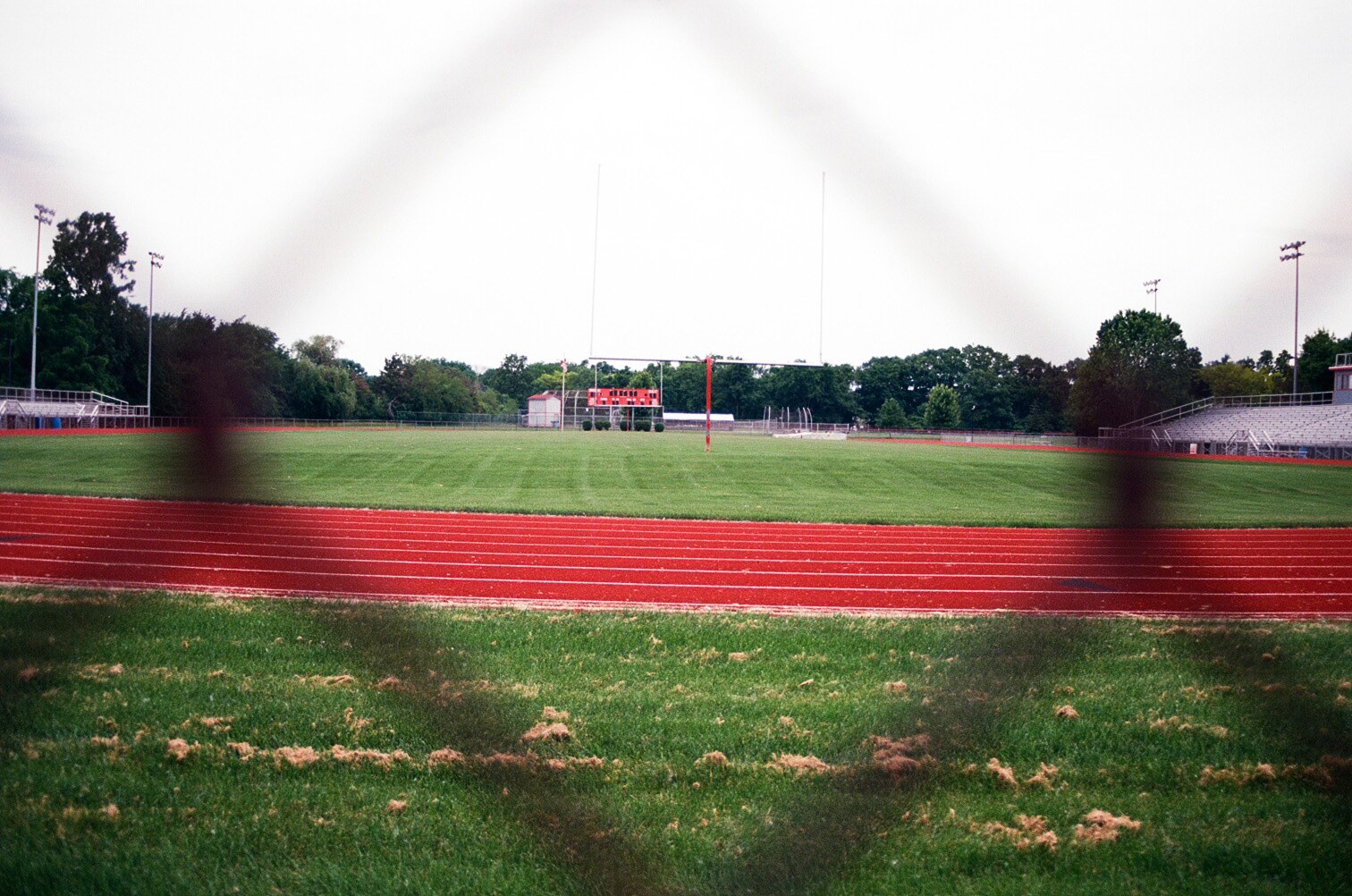
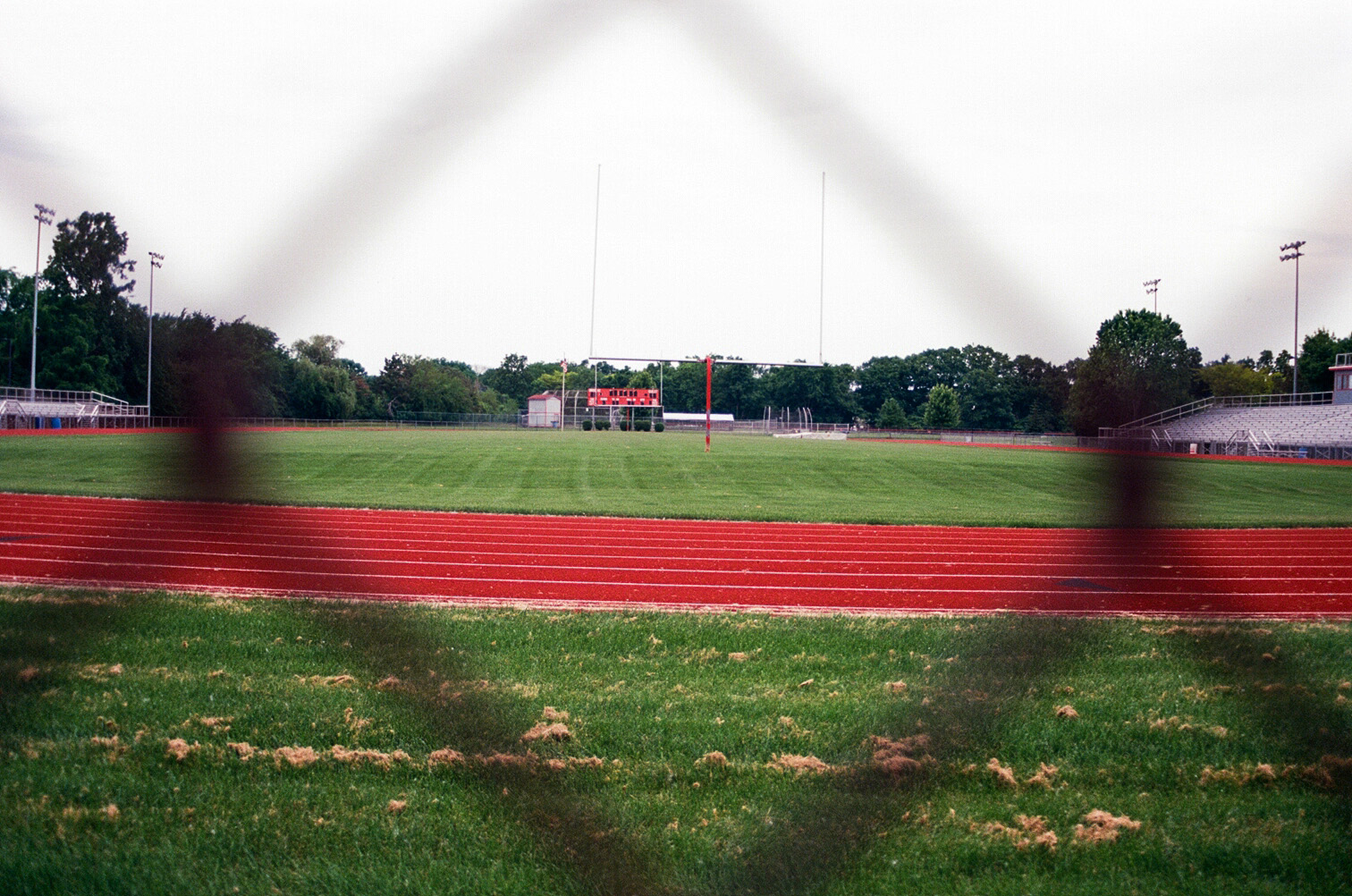
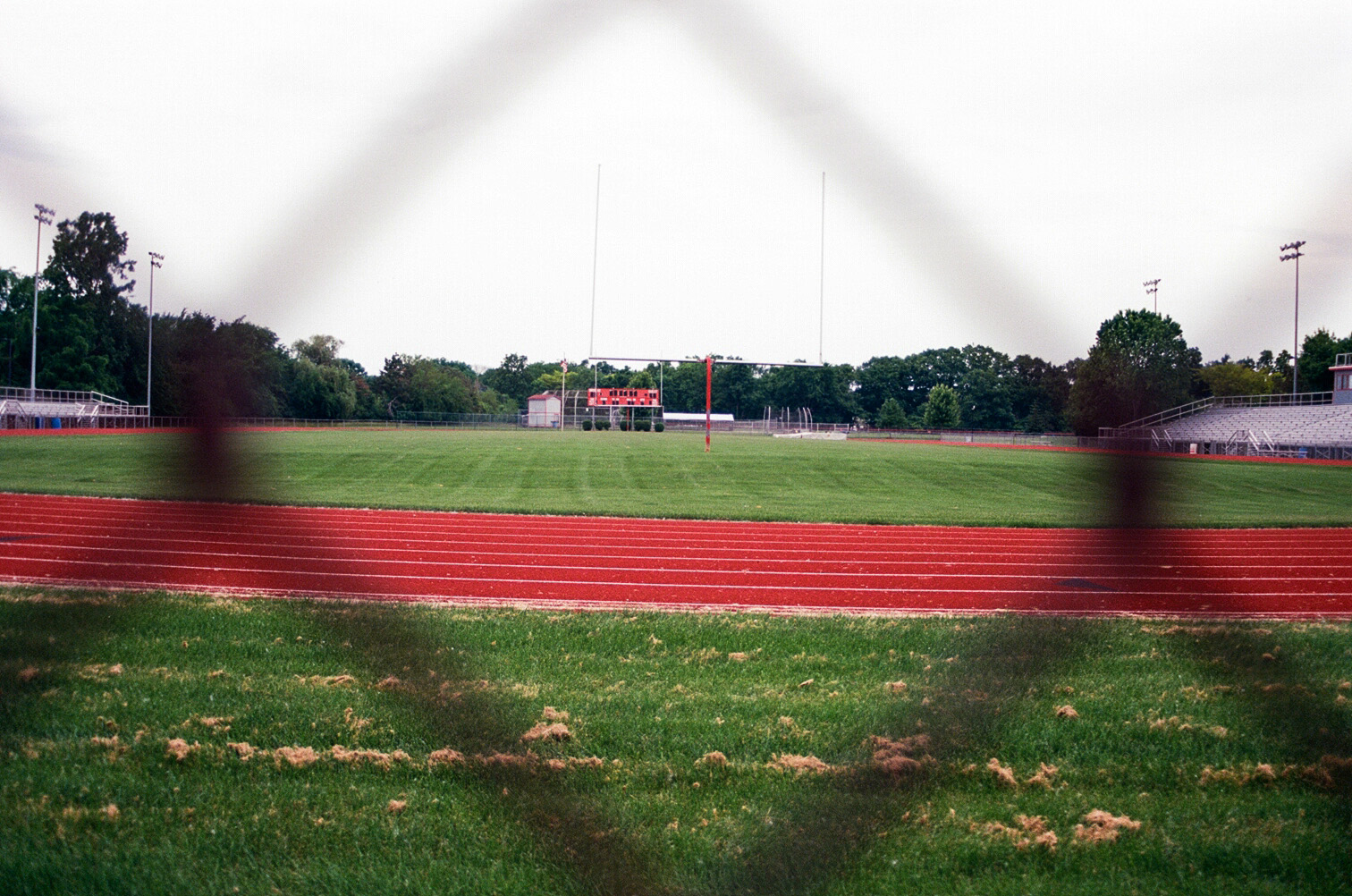
Some more things of note about this film: It doesn't have as much contrast as Velvia 50. Obviously, it's color negative, so it has way more latitude. It also has great push properties apparently, so if you'd like to try shooting this film at 200 or 400, give it a go.
Page last updated on: 8-25-23
©2023 Jay Steel



















